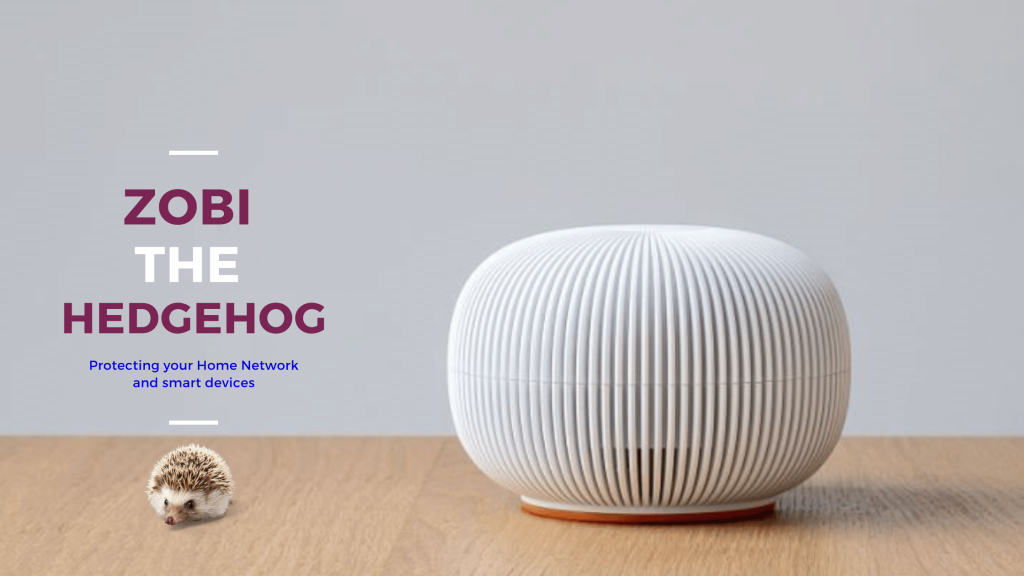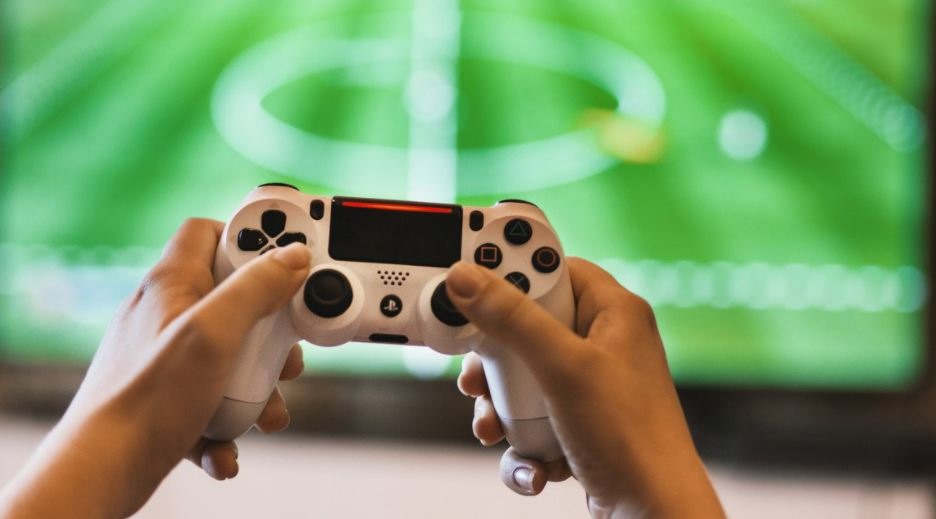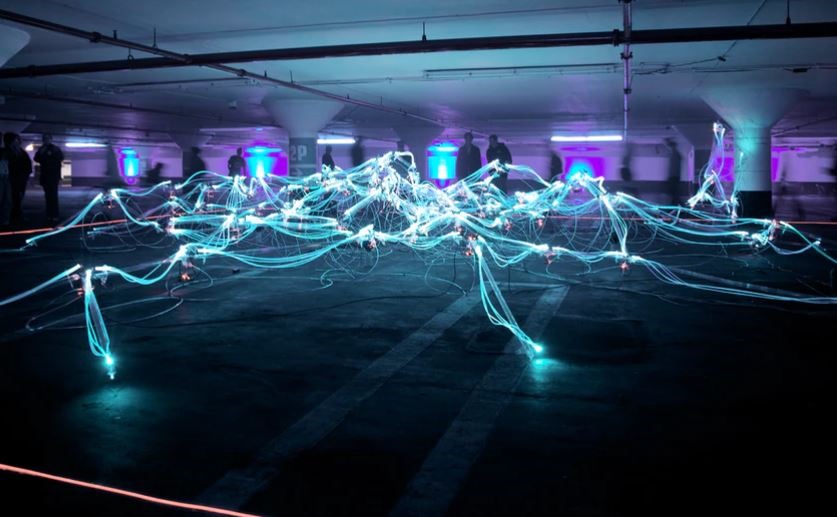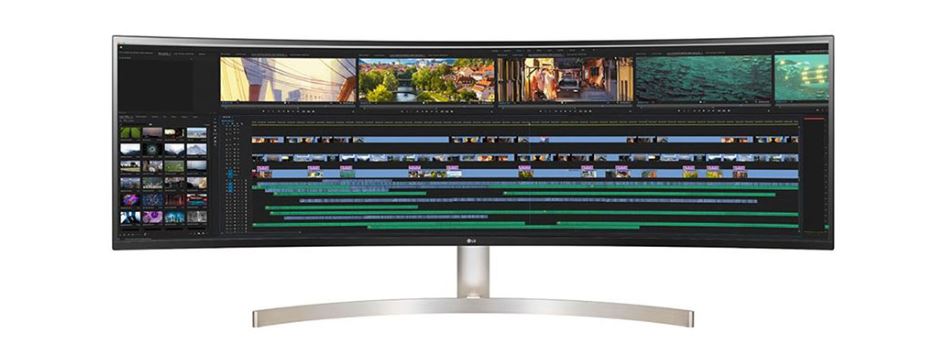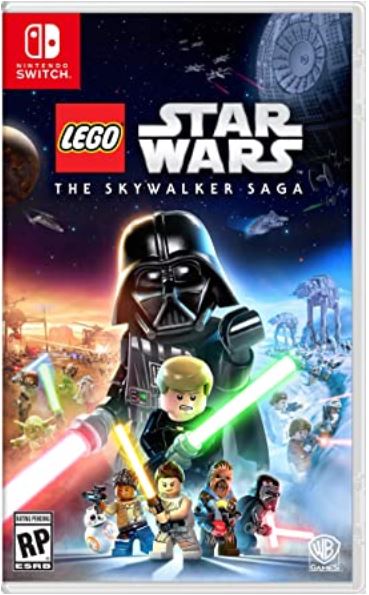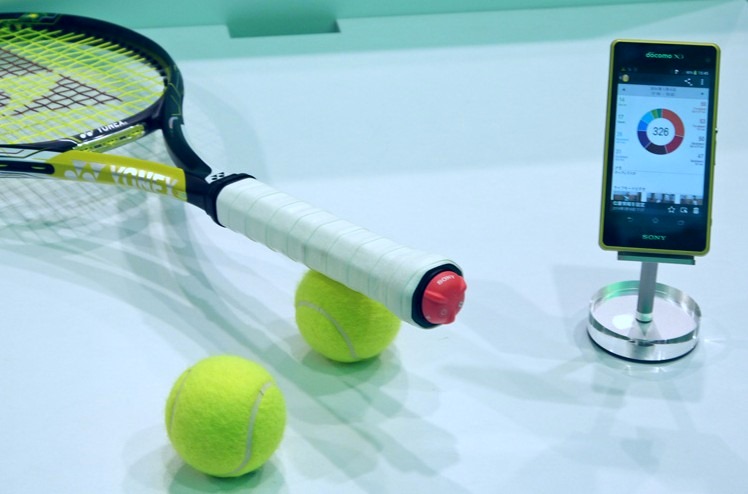
Lockers have been a staple of design and function that has spanned centuries, learn to bring them into modern design and business by adding some of the most up and coming technologies.
Lockers. They’re something that we’ve all used at some point in our lives. Even just the word itself evokes some sort of memory for most people. Pulling out your books before the bell rings, fumbling with your combination as you prepare to hit the gym. Lockers not only have a wide range of functionality in almost all work environments, but they also have become a staple in modern esthetic and design, especially with the emergence of industrial and vintage interiors.
Here’s how too keep your business, or your living room, up to date while still using these iconic structures of organization.
Temperature Controlled Delivery Lockers and Mobile Order Technology
You may have noticed that some of your favourite quick delivery food chains have started to offer “order ahead” services. Starbucks is an excellent example. The company says that you can download the app, then place your order while you’re in transit to their stores. Avoiding the line can get you caffeinated and back in action, all without the hassle of the wait, order, wait some more paradigm.
Mobile orders aren’t just relegated to hot drinks anymore. Fast food giants like McDonalds are also taking advantage of the mobile order technology. As more and more people use these technologies and become comfortable with them, an increase in the market is expected.
But how does this affect front of house? If you have multiple orders flying in through a digital platform, how does a company prioritize those customers needs without making the people in line feel undervalued? How do you juggle in-house customers, with mobile orders? Enter in the humble lockers.
Lockers that have integrated heating or cooling units, are rear loaded, and use a QR code and scanner to access. Take the McDonalds example. When a customer orders and purchases a big mac meal on his mobile app, he can then receive SMS updates or notifications through the app telling him when his order will be ready. The order is sent via the app to the kitchen and the food is prepared. While the customer in en-route to his intended outlet of Fast Food paradise, he receives an QR coded receipt. Upon arrival, he circumvents the line and front of house staff entirely, walking in stead to a locker on the far side of the counter. The app tells him which locker is his and he uses the scanner built into the locker to read his QR code, which opens the heated locker containing his sought after fare.
The same can be done if a customer orders an ice cream or blizzard, except staff would place the cold confection into a locker fitted with a cooling unit.
This frees cashiers, bussers, and runners from interacting with the mobile order client, and allows them to focus on their in-house customers. It also frees the mobile order client from having to wait on staff or in line behind other mobile order clients, and streamlines the order delivery.
By integrating heating and cooling units to keep food at its optimum temperatures, and utilizing QR codes and scanners in conjunction with a mobile ordering app, lockers streamline the fast paced and burgeoning world of the quick delivery food systems.
E-Commerce Pick Up Lockers for Home and Business
NFC technologies have been integrated into most smart devices on the market today. The most common example of this technology is the use of android or apple pay.
Imagine you’re on business, travelling abroad, and you’ve forgotten crucial documents, or need a vital bit of equipment delivered from an e-commerce site. You may be able to get these things couriered to your hotel or possibly sent to the nearest FedEx, but what if there was a worldwide network of lockers, linking your home address to anywhere you find yourself in the world. You can upload and verify your personal details and home address into an app. Then, just as you would forward a business call to your cell, you can forward mail or goods to your locker. Then all you have to do is locate the nearest pick up locker and using already integrated NFC technology, your smart device will be recognized by the locker and its contents will be available only to you.
This improves traditional key and lock type lockers by making each locker available to different customers as need arises. So the locker isn’t individually coded to a person at all times, but once an order is placed, purchased, and sent, the receiving locker then becomes securely linked with NFC technology that identifies solely with your smart device.
Once the locker is opened with the linked smart device and the contents are retrieved, the locker is then cleared of the order and ready for the next customer.
This eliminates monthly payments, or the need to have multiple post boxes in multiple places. It also circumvents issues with lost keys, or having to rekey lockers when the locker changes hands. This also supplies confirmed delivery. Where as most large e-commerce sites won’t deliver to PO Boxes because of delivery confirmation issues, utilizing NFC technology delivery systems, a clear chain of custody is identified and logged.
Bluetooth Pairing Keyless Lockers
Travelling is a cumbersome experience for almost all people. Teetering haphazardly with baggage while attempting to confirm travel plans or wrangle children is every traveller’s nightmare. Bluetooth pairing lockers can take some of the frustrations out of travel by providing passengers with lockers that will unlock based on proximity and charge for use of time.
Paying several dollars for a locker you’ll only be using for a few minutes seems a bit of a stretch for some, so baggage may be left unattended for the time it takes to sort travel necessary tasks, creating a load of possible hazards. If carried around, travellers are forced to contend with the sizable mass in a ticket line, shuffle apologetically through crowds on the way to the loo, or lug 40 kgs of personal effects to the upstairs bar just for a drink.
A bluetooth pairing locker allows travellers to pair the locker with their device and add their bags. Once they’re out of range of the bluetooth signal, the locker locks and a timer starts. Travellers are then free to go about any business that they would like to attend to without the stress of minding their luggage. When the client returns to retrieve their bags, the locker again pairs with their phone, stopping the timer and unlocking the hatch.
This allows proprietors to set predefined rates based on time, similar to how rates are set in certain parking structures. They can also even have the freedom to include long term storage incentives at their own discretion. Making bluetooth pairing lockers a win win for both customers and service providers.
- Zobi Hedgehog -The Security Guard for Your IT Devices - May 30, 2021
- Technological advances in interactive experiences leading the way in video games - March 15, 2021
- Technological advancement leads the way in most recent evolution in online gaming - September 15, 2020





